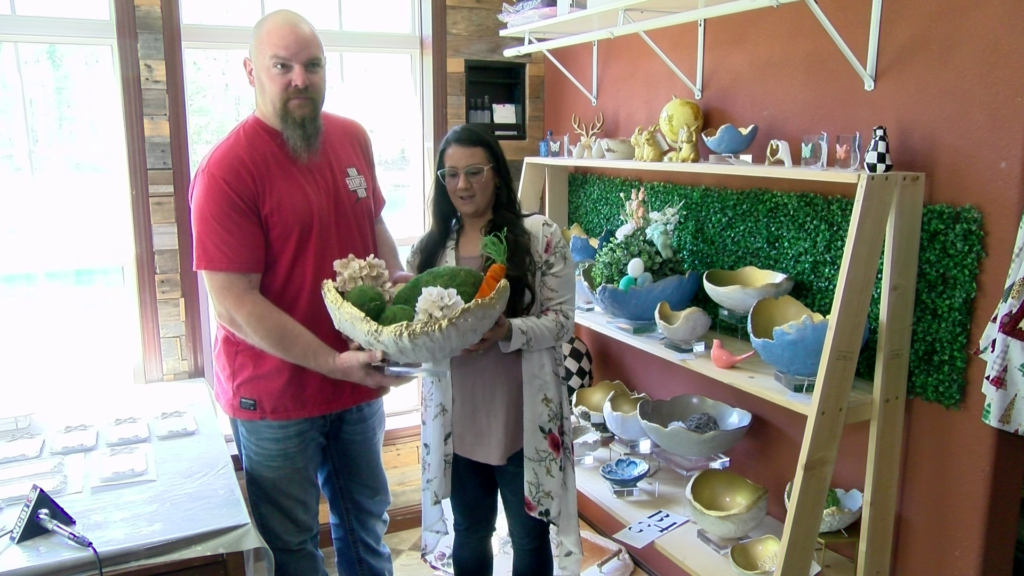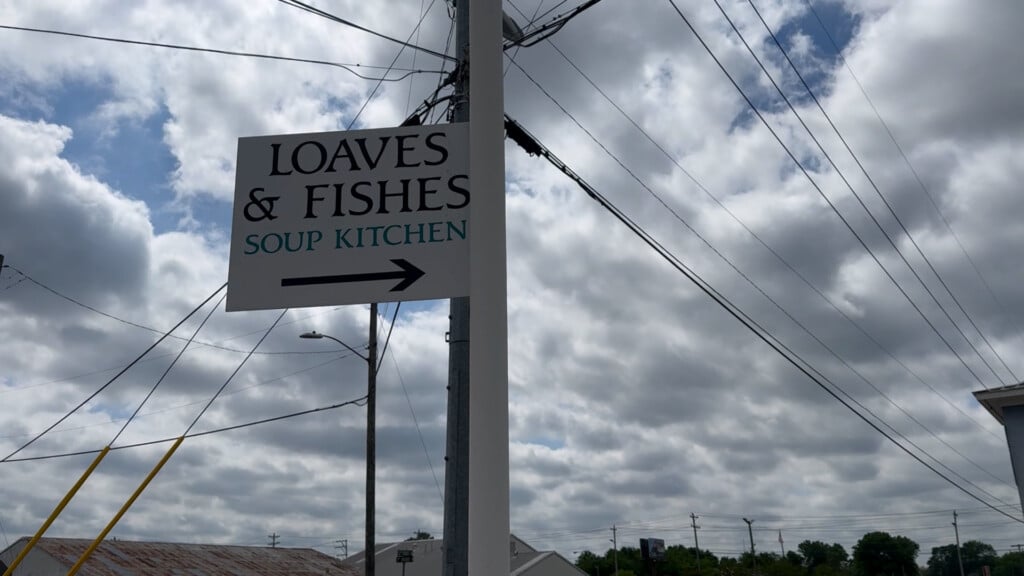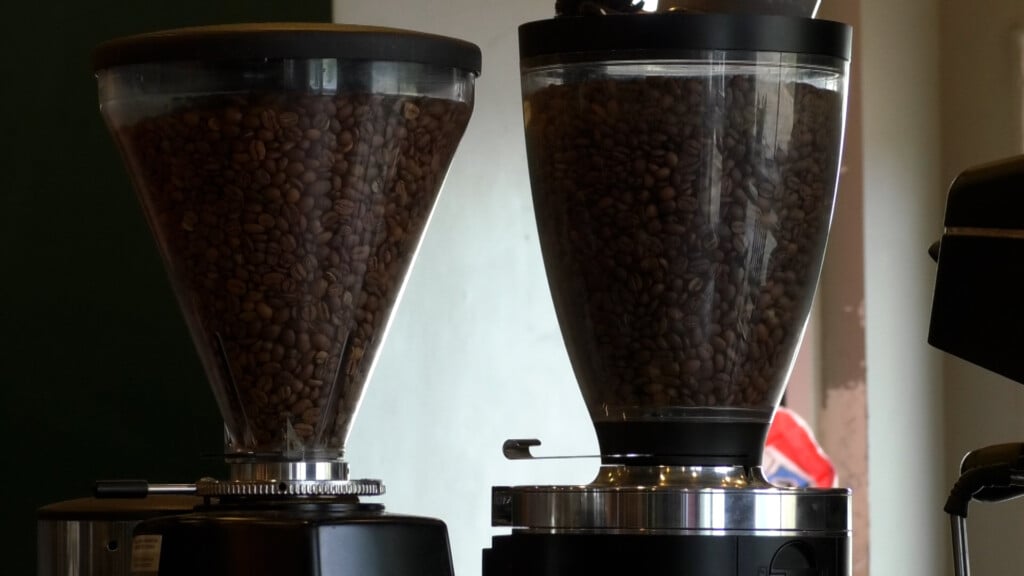Tupelo woman left paralyzed by COVID-19 is walking again after 10 months of physical therapy
TUPELO, Miss. (WCBI) – In November of 2020, 31-year-old Whitnei Betts was walking out of work early because she wasn’t feeling well.
Suddenly, she lost all feeling in her legs.
“I was almost to the car and I couldn’t feel my legs at all,” she remembers. “And I kind of just dropped down to the ground. I really didn’t know what was happening.”
Betts was rushed to North Mississippi Medical Center where doctors told her that not only did she have COVID-19 but the virus had caused acute transverse myelitis (ATM), a rare and potentially devastating spinal cord disorder.
“When I contracted the virus, the last thing that came to my mind was it putting me in a wheelchair,” Betts says.
Almost completely paralyzed, her doctor told her that it would take between six months to a year to recover and even then, there was a chance she could have some residual paralysis.
“I felt heartbroken that I may not be able to get back how it was,” Betts says. “Just something as simple as walking from one place to another.”
Betts was eventually transferred to NMMC’s Rehabilitation Institute.
“I couldn’t dress myself, I couldn’t bathe myself, I couldn’t even feed myself,” she says. “You feel helpless.”
For the next four months, Betts faced three to four hours a day of intense rehab. But she says it was one moment with a physical therapist and a standing frame where she had her biggest milestone.
“He wheeled me in front of a mirror where I could see myself standing up,” she said through tears.
Betts started therapy at NMMC’s Outpatient Rehabilitation Center in March.
“They really do need to take time to mourn what has happened to them, to mourn that loss, to process it,” says Amy Moody, Betts’s occupational therapist. “The big thing is, they can’t camp out there…You can’t live in that dark place. You got to keep pushing and moving forward.”
Finally, in July, Betts took her first steps in nearly eight months.
“It was incredible,” she says. “From that point on, I felt like I could go all the way.”
“I was expecting a few feet and I ended up having to push the table out of the way so we could keep going,” said physical therapist Emily Davis.
When she first started walking, Betts could only go about 32 feet before needing a break. By September, she could walk up to 100 feet at a time.
Betts says one of her greatest motivations is her three children. She says she remembers when her daughter Laila saw her standing up for the first time since she went to the hospital.
“She came in, she was like, ‘What are you doing?’ I was like, ‘Standing’ and she was like ‘How?’ and I was like ‘Mama’s been working,'” Betts said, smiling.
Most importantly, Betts says the key to her recovery is the constant belief that she will recover.
“I really had to tell myself over and over to just be patient,” she says. “Because you want it tomorrow, but the reality is, it takes a little time. But you’ll get there eventually.”
Betts says her goal is to be able to go grocery shopping on her own by the beginning of next year.




